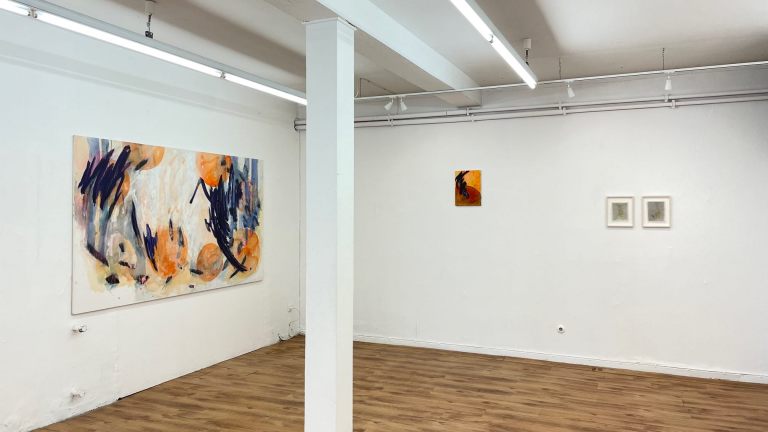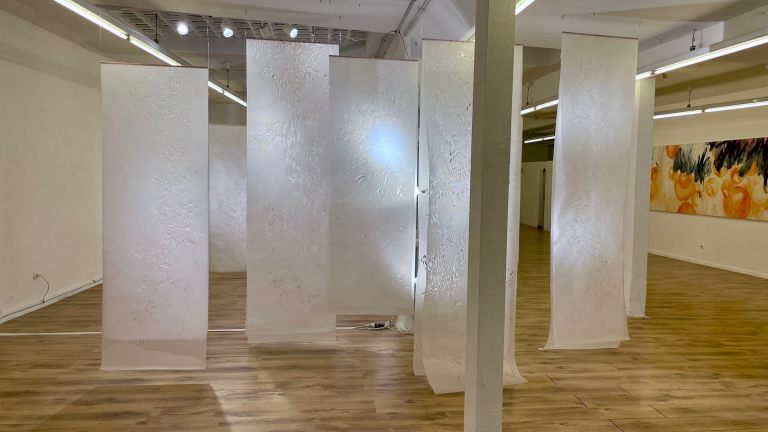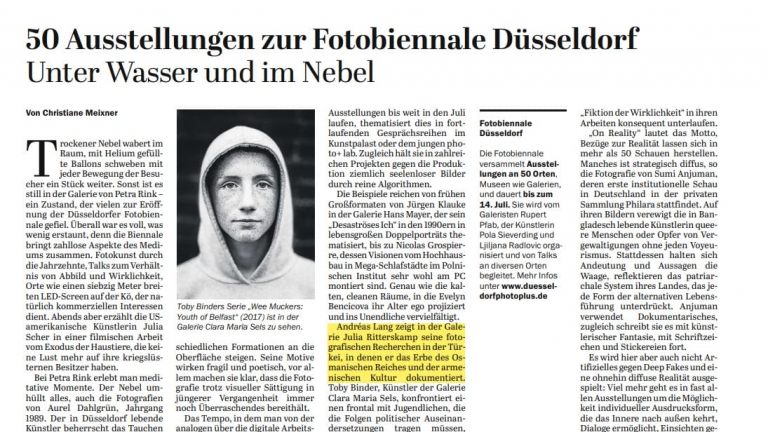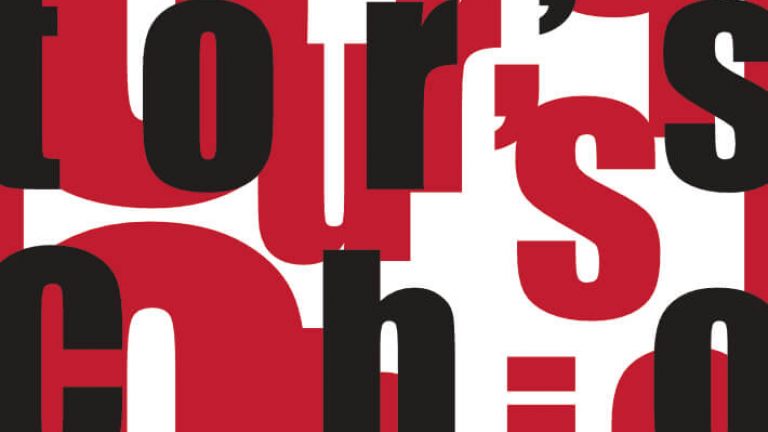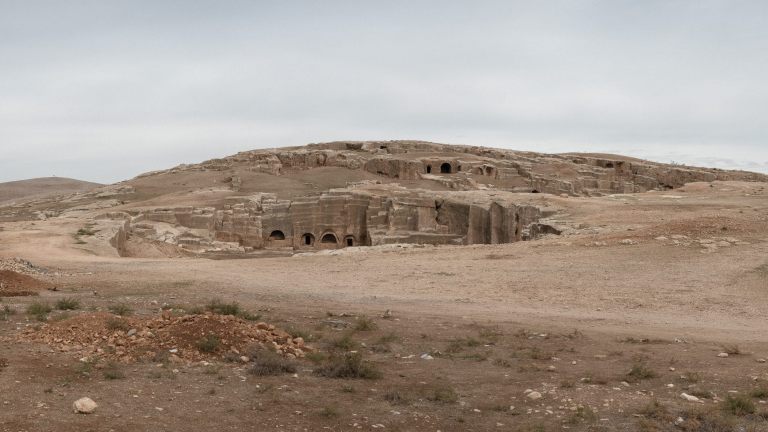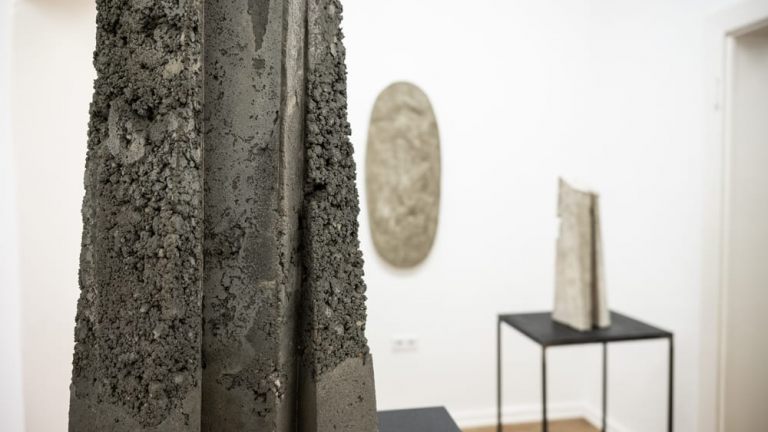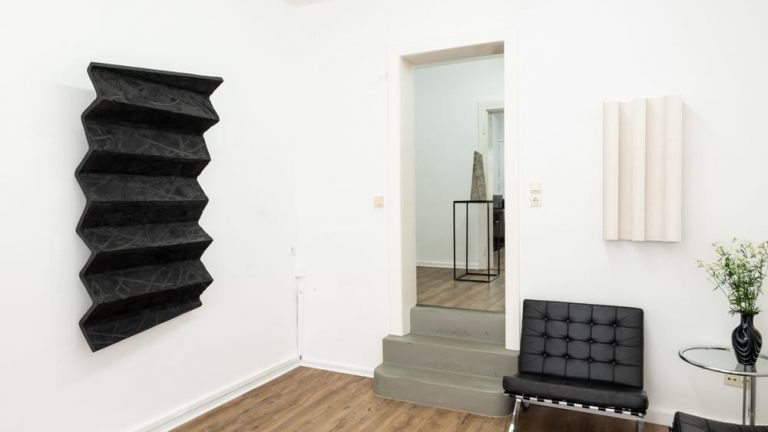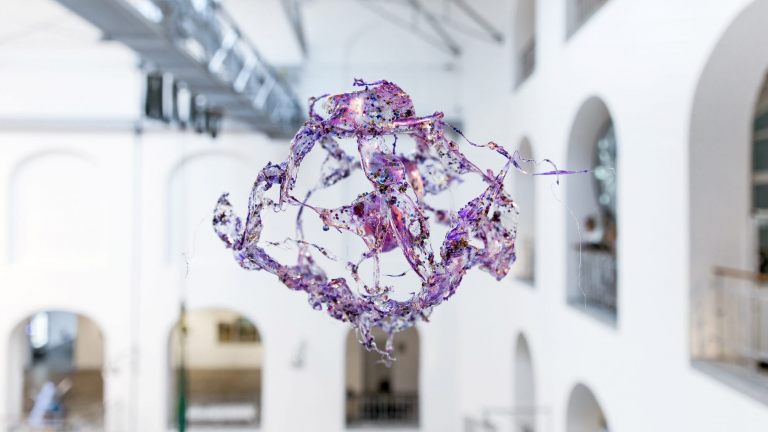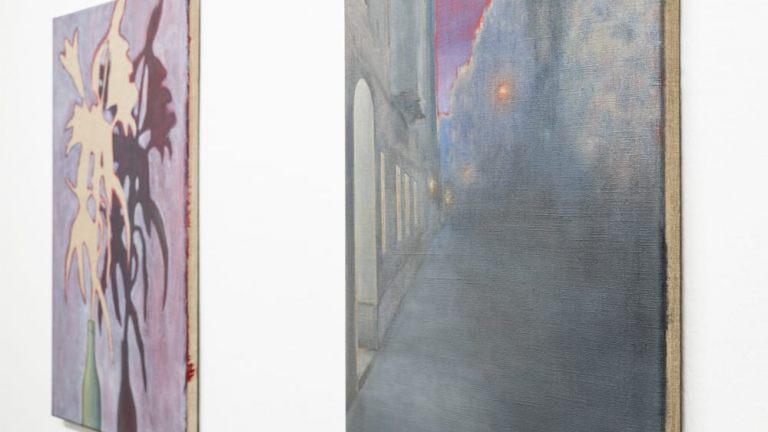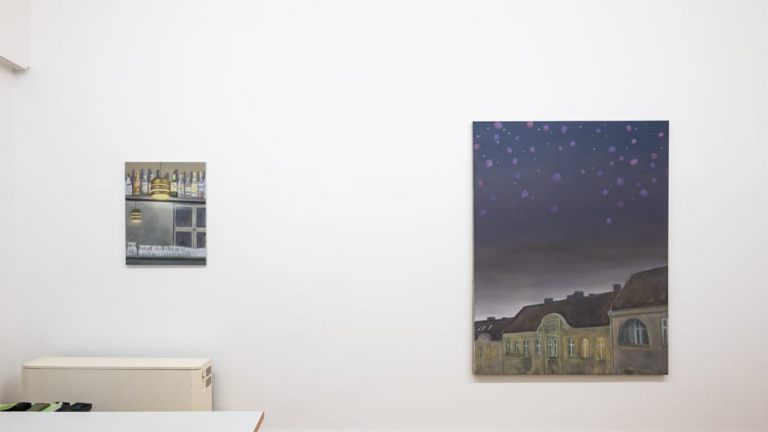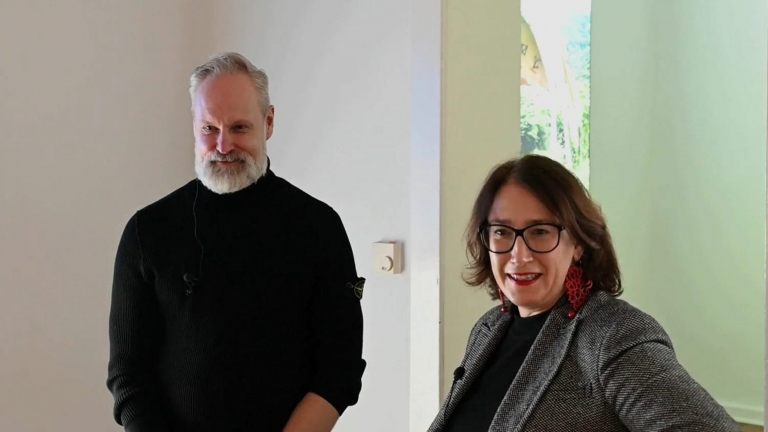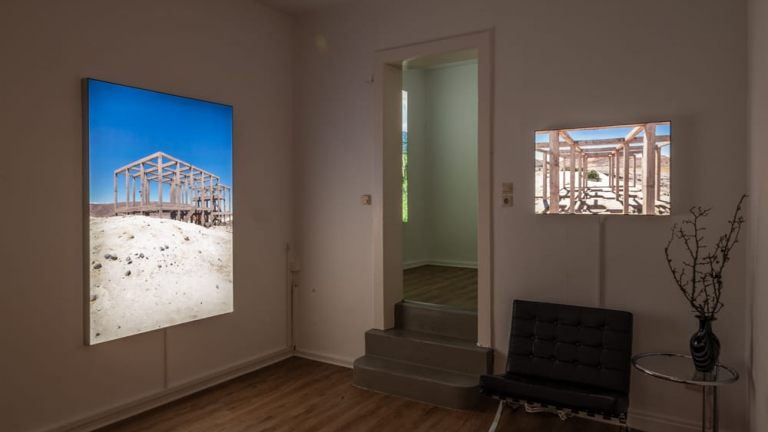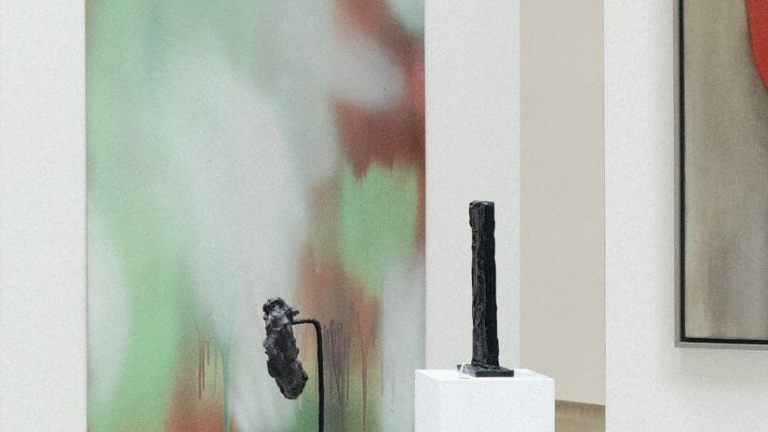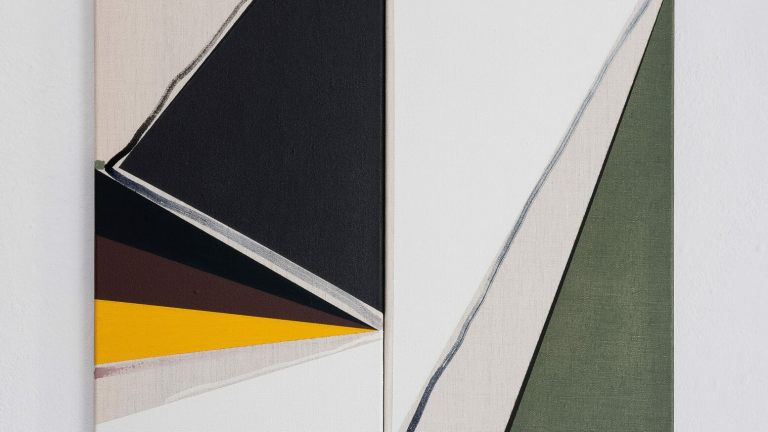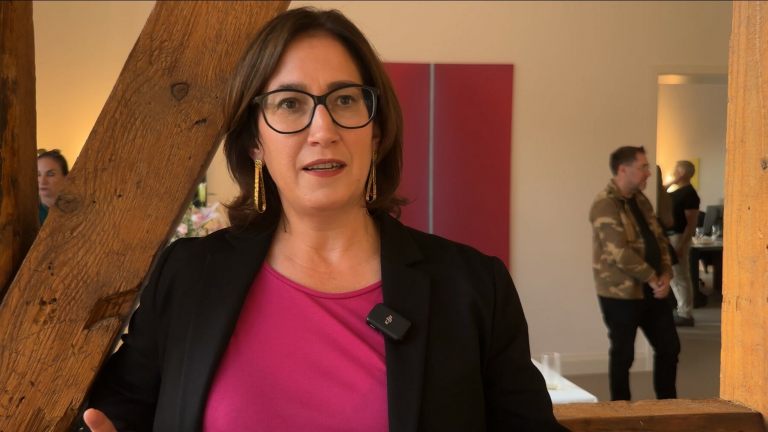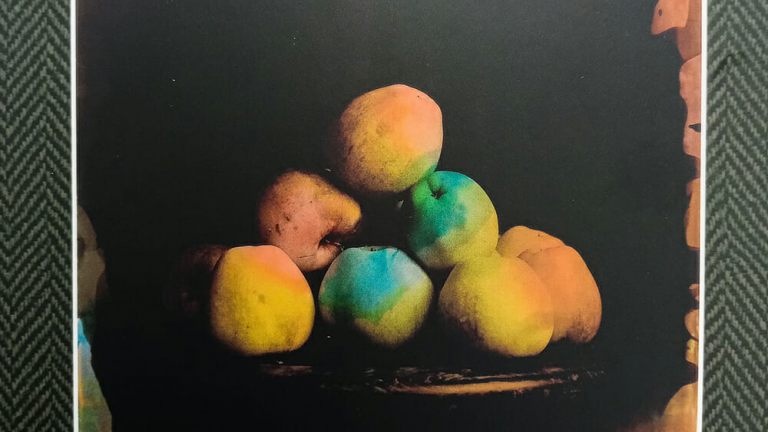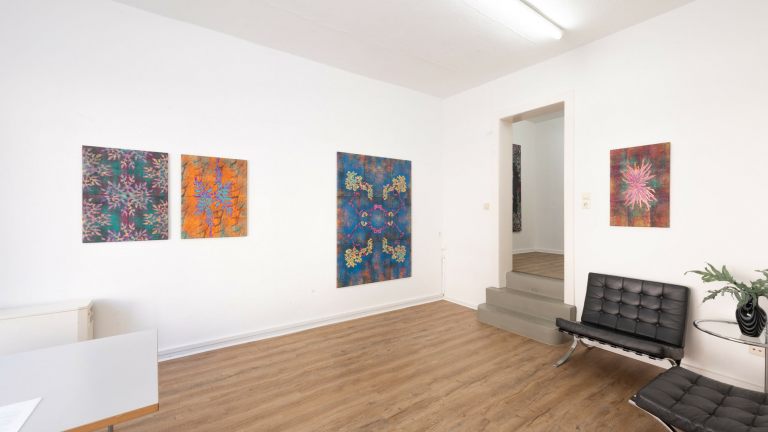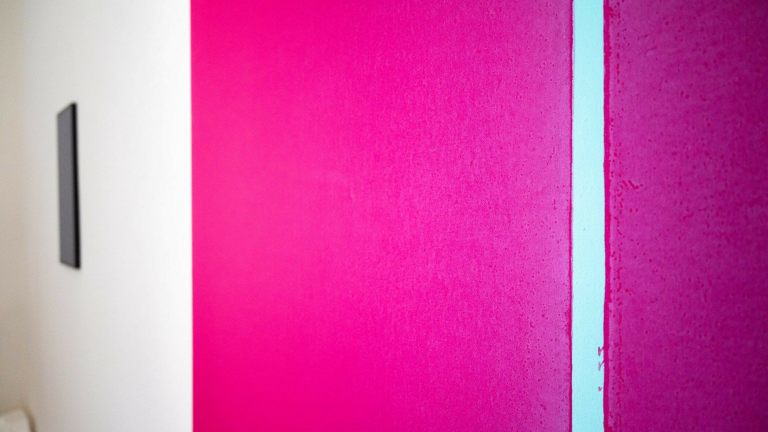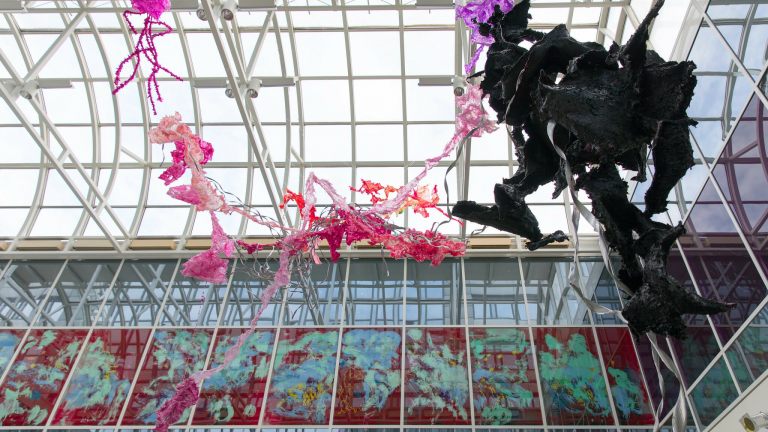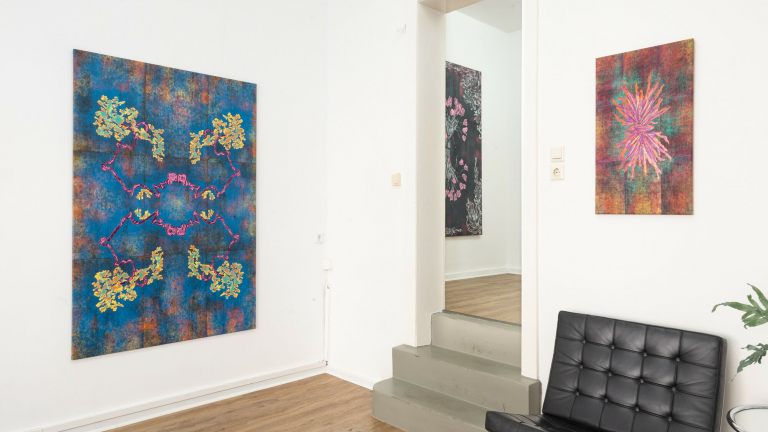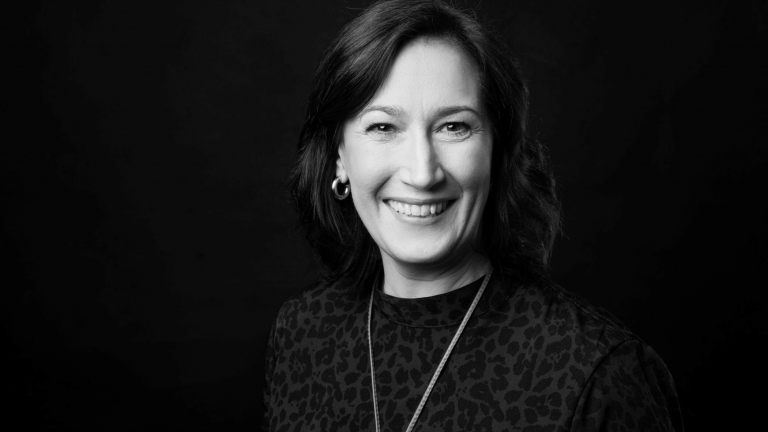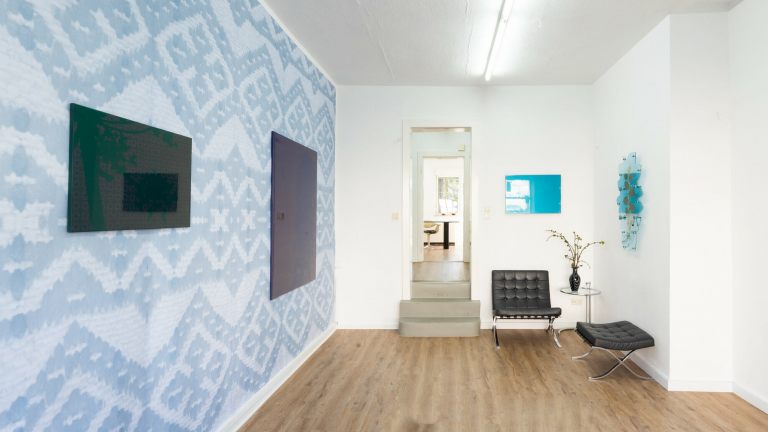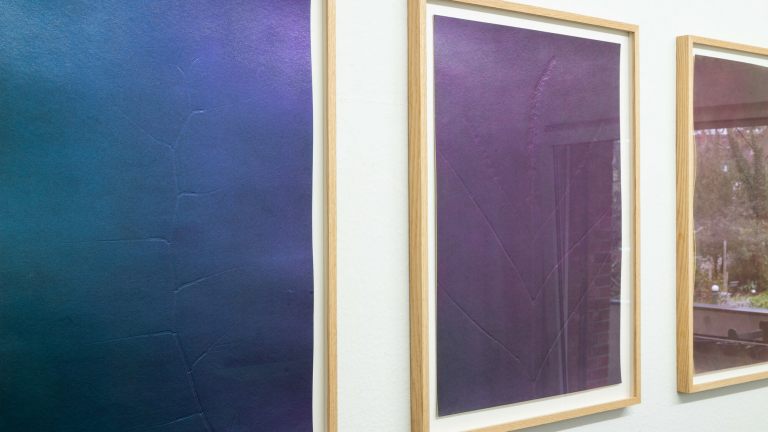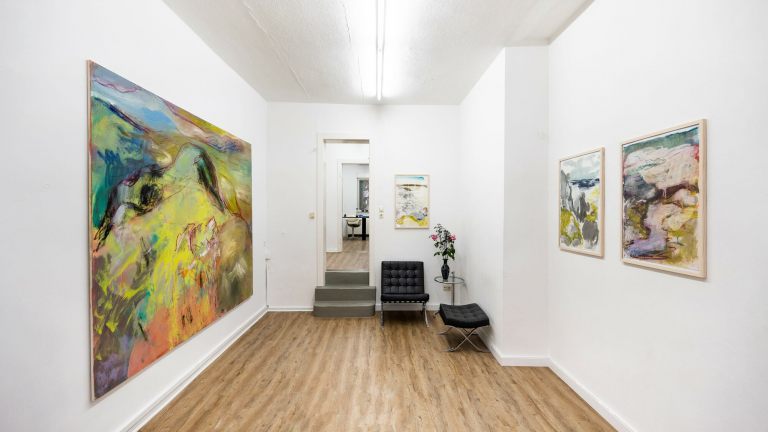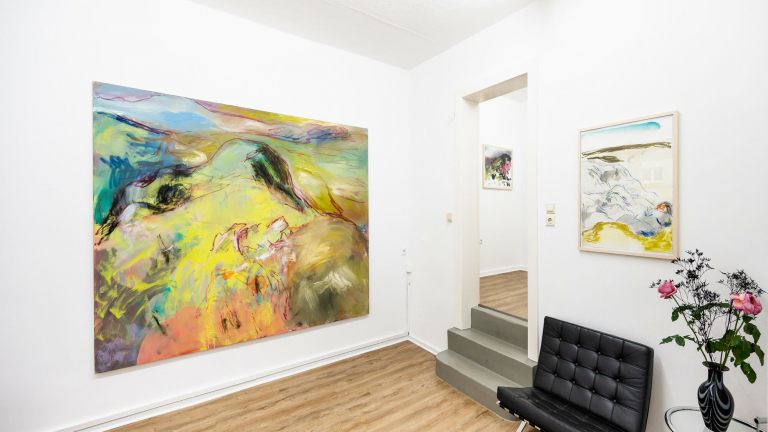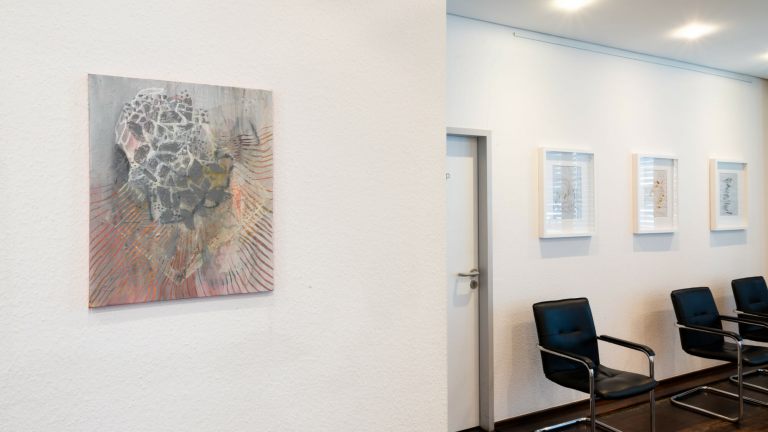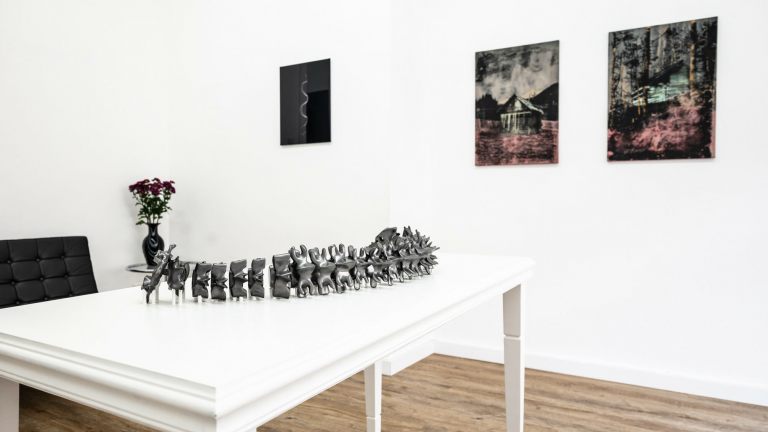Publication /// Bound by wild desire - I fell into a ring of fire (Zur Kunst von Susanne Rottenbacher) /// issued Susanne Rottenbacher - Recent Works 2016 /// Ed.Strzelecki
Bound by wild desire - I fell into a ring of fire
On the art of Susanne Rottenbacher
In the early 1960s, country music icon Johnny Cash sang about rings of fire (of love). You can fall into these if you don’t take enough care of yourself. To this, the work of Susanne Rottenbacher almost represents an antithesis. Although you also see rings of light and light forms before your eyes, they appear to pull the viewer upwards rather than downwards. The same old story: heaven and hell, you must decide, for there are vacancies in both.
Her medium thus is light. Not hot flames, but cool LED. Light is material and energy at the same time, for on the one hand it stimulates life, and on the other it is dead mass in the form of particles. Physical and metaphysical properties come together in this phenomenon.
A nice parallel to these contrary qualities of light as a phenomenon is the effect caused by the integration of the respective surroundings into the installations and objects of the Berlin-based artist: through light the borders of the individual art work are visually dissolved, and yet it remains, in pure material terms, a self-contained thing. And there are more ambivalences to be found without effort: although Rottenbacher strives for calmness, concentration and silence in her work and tends towards perfection and tidiness, at the same time order should not to be equated with a blind adherence to given conditions, for this would only lead to stagnancy. These apparently contradictory ideas can be discovered in her works: they are consistently planned, clear and to the point, which they also need to be in respect of artistic technique and production processes. But nevertheless, in their aesthetic impact they are extremely diverse and mutable. The latter for one thing because of the inclusion of the environment and the persona of the viewer due to their reflection in the light objects. And secondly through the natural light from outside, which during the night brings out a powerful and radiant effect, whereas in the day makes the works appear more delicate and pastel coloured.
Susanne Rottenbacher initially became known for her Farbraum artworks: Plexiglas boxes in which she combined abstract painting of horizontally painted stripes with lights and timers. Still these works stand mostly for themselves as artistic objects. This period of work already represents the first important step from artworks on the wall to art expanding into the room: through the expansion into three dimensional space in form of the box on the one hand, and – crucially – into infinity through the employment of light on the other.
Since 2009 the range of her expression has widened and the light rings have been added to the Farbraum works. The first extensive compositions of arrangements of half circles and complete circles emerge, in groups freely suspended or arranged on the floor. They consist of Plexiglas corpora of various types, partly imprinted partly painted on, sometimes transparent sometimes opaque. On the inside, individual LEDs are evenly affixed within mesh wire. These groups of rings then start to refer to the spatial situations inside and outside. In this way, they change the given space through their material presence as well as their – literal – radiance. Another aspect is that the circular shape physically encloses portions of the surrounding space. This connotes the emancipation of the artistically constructed form as well as the reciprocal penetration and inclusion of art and space – two aspects that are characteristic of the artist’s work. Apropos “characteristic”: the masterful control of the respective space is continuously noticeable in these light installations. This doesn’t come as a surprise, as Susanne Rottenbacher studied stage design at Barnard College, Columbia University in New York and light design at the Bartlett School of Architecture and Planning in London.
A special tube with incorporated LEDs, which allows for an even light emission (instead of light localised in points) grants Rottenbacher an additional new freedom of design and was used for the first time in 2014 for her solo exhibition Whiplash in the Dark in Cologne’s Galerie Teapot. Susanne Rottenbacher is now able to write with light. Not in the sense of the use of neon writing – mostly conceptually justified – in visual art since the end of the 1960s, but rather as a type of mysterious calligraphy or graffiti, which is visualised as free swings through space.
A virtuoso culmination of different approaches and strands of Rottenbacher’s work is constituted by the installation conceived in 2015 for the Berlin 11m2 art- and project space The Looking Glass Room’s Exploding Light Inevitable. The walls of this small room are partly covered with strips of mirror, which multiplies its dimensions. In these strips of mirror as well as in the glass of the window the – for Susanne Rottenbacher – unusually wild arrangement of white LED tubes and plastic objects with light in red and yellow tones, is reflected. They seem – in contrast to the actual rigidity of the plastic objects – to almost fly through the room: as fast as lightning. They neither stop at the steps to the outside, nor at what appears to be a window towards the hallway, which in the end turns out to be a mirror.
Compared to this, the installation Ring, Ring, Ring from the end of 2015, seems at first sight more ordered and is highly recognisable as regards the artist’s concise style. Rings in different sizes and colour compositions penetrate and touch each other in groups with varying numbers of protagonists. The term ‘protagonists’ is here carefully chosen, because one gets the impression of larger and smaller ‘ring-families’, which seem to dance freely in space and communicate.
When looking at the works of Susanne Rottenbacher under the aspect of movement, music and dance, perhaps for some people parallels to ballet spring to mind: technical challenges and the effort to overcome them successfully in the end disappear behind the magic lightness of the event. Via this analogy to ballet one comes to an art historical theory on the dating of the origin of light art. In 1892 the American dancer Loïe Fuller debuted in Paris with a choreography as a living light sculpture. “I form light”, Fuller stated and emphasised the importance of visual art as an aesthetic alternative world. The wish to challenge borders is a decisive motor for both artists.
Since very recently, Rottenbacher’s work also includes multiples, which can be seen as a logical consequence of her way of working. Why? Regardless of the intellectual aspects under which it can be discussed, Rottenbacher’s approach also includes a democratic element: it accounts in a particularly pronounced way for the collective need for a visualisation of transparency. Susanne Rottenbacher, in the truest sense, “leaves no one in the dark”, for her art can be very directly and individually perceived, independently of education and background. She does not exclude, rather invites. Even into the middle of the artwork itself.

